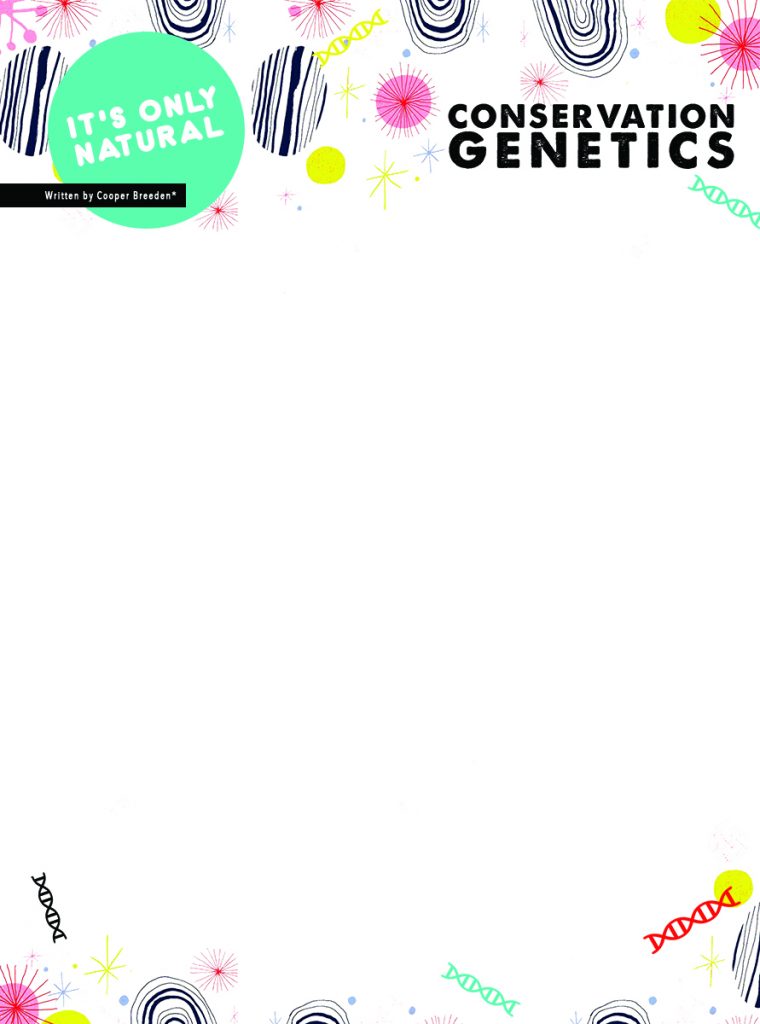
One morning as I was sipping coffee in my living room, I watched two foxes merrily chase each other in broad daylight down my suburban, South Nashville street, into my yard, and nearly to my front door step. It’s not the first time I’ve seen a fox in an urban area. The most surprising was the time I saw one run out from under an ornamental shrub in the US Botanic Garden in the National Mall in Washington DC, just a few hundred yards from the US Capitol. The National Mall may have acres upon acres of green space, but it’s hardly fox habitat (though the bounty of overly bold squirrels may make up for it).
As I watched the foxes in my yard, I wondered what in the world they were doing there. Then I remembered that a small creek runs behind the houses across the street. Beyond the creek is a strip of forest, and beyond that are other streams and forested strips which ultimately connect to Radnor Lake State Park. Despite Nashville’s growth, we still have a lot of green space, and small corridors like this one in my neighborhood abound. These corridors serve an important role in connecting larger patches of natural habitat and are crucial to the long-term survival of fox populations among many other plants and animals. But it begs the question, how much natural space do we need to maintain the biodiversity, or diversity of living organisms, of our region? Back in the ’60s, a couple of Ivy League researchers set out to address this question. However, they were working specifically with oceanic islands and weren’t aware that their theory, called island biogeography, would have much broader implications.
Robert H. MacArthur and E. O. Wilson first cooked up their theory of island biogeography to predict the number of species on oceanic islands. Though they developed the theory to address islands specifically, other researchers have since put the theory to use in other natural systems around the world. For instance, mountaintops with plants and animals adapted to high elevations have island-like characteristics, as do natural parks in the middle of densely populated urban areas. As can be expected from Ivy League researchers, their theory is dense and backed up by plenty of math and data, but at its core, it focuses primarily on two components of an island: its size and its distance from the mainland. Basically, it says that the number of species on an island will reach an equilibrium that is proportional to the island’s size and inversely proportional to its distance from the mainland. In other words, larger islands have more species, as do those closer to the mainland.
Considering the biodiversity of our region, which includes our urban foxes, swallowtail butterflies, mockingbirds, Tennessee coneflowers, and many thousands of other living things, the question remains—how much land is adequate to ensure our native populations survive? As you can imagine, there’s not a simple answer. However, in the years since the theory was thought up, a few guiding principles have been established: large areas are superior to a series of smaller ones that add up to the same size, circular shapes are better than elongated shapes of the same area because circles reduce the ratio of edge to interior area, and corridors are beneficial. Corridors—like the one by my house—are smaller areas of habitat that connect larger areas. They can be as small as a fencerow or as large as a one-mile-wide swath of forest.
The broader application of island biogeography has become more popular among scientists as habitat fragmentation has increased. The most obvious example of fragmentation is a pocket of forest surrounded by an urban cityscape. But other examples exist, such as islands created by the centuries-old act of fire suppression. In the absence of fire, most landscapes will grow into forests, which shade out many of the species that were dependent on higher light exposure. In Middle Tennessee, for instance, we have unique ecosystems called cedar glades which are surrounded by forests. The forests can grow to the point that they sever the connection one glade has with others in the area, making the cedar glade into an island-like ecosystem. This fragmentation of our natural areas poses a threat to our region’s rare plants and animals.
So next time you’re out, try to notice the green spaces around you as islands or mainlands. Appreciate the bigness of Beaman Park and the sanctuary it provides. But also don’t overlook that small cedar glade or wetland down the street.
Cooper Breeden is a graduate student in biology at Austin Peay focusing on ecology and botany. Most recently, he led the river restoration program at the Harpeth River Watershed Association, and prior to that, he worked in fisheries management, watersheds and wetlands restoration, and philanthropy.



